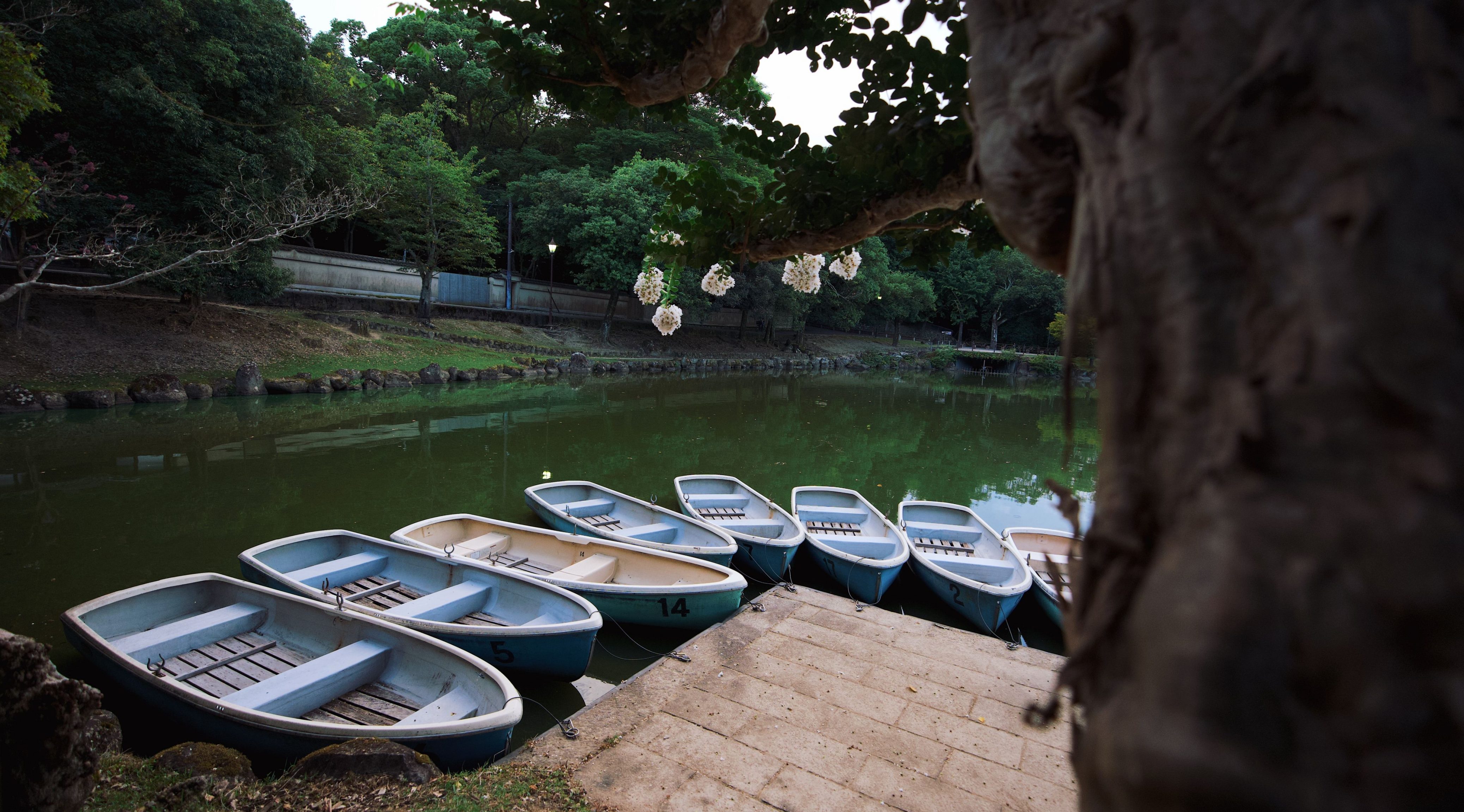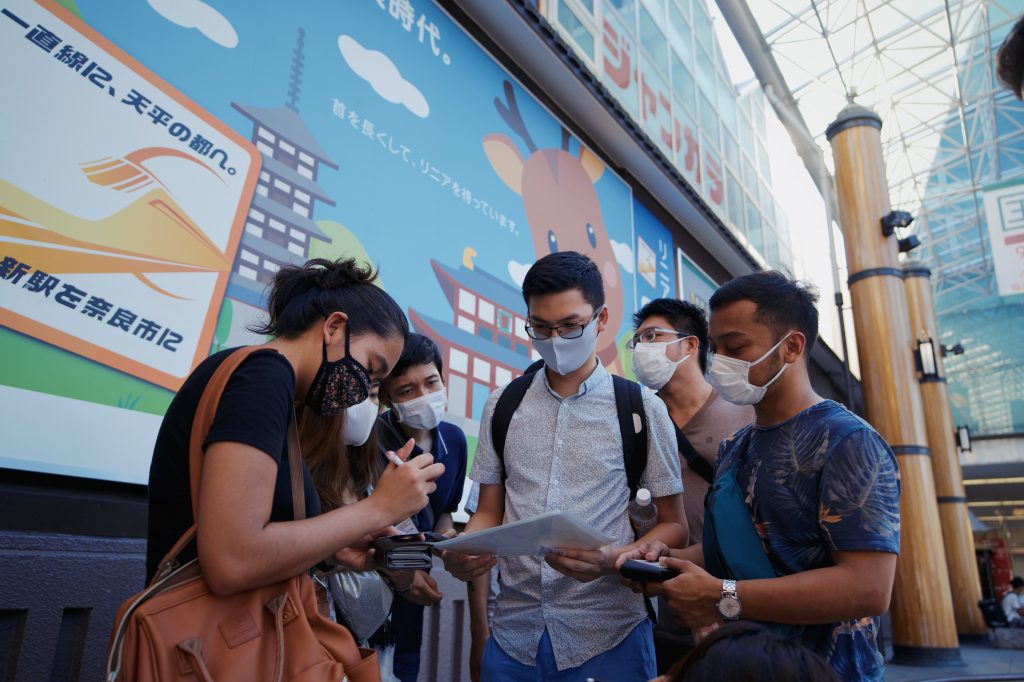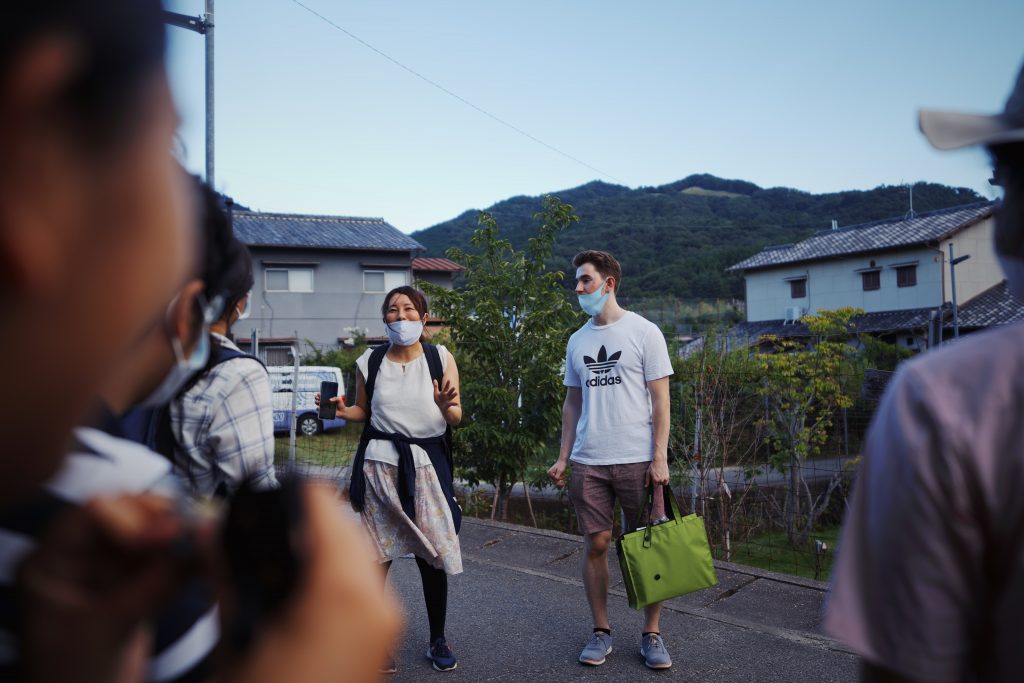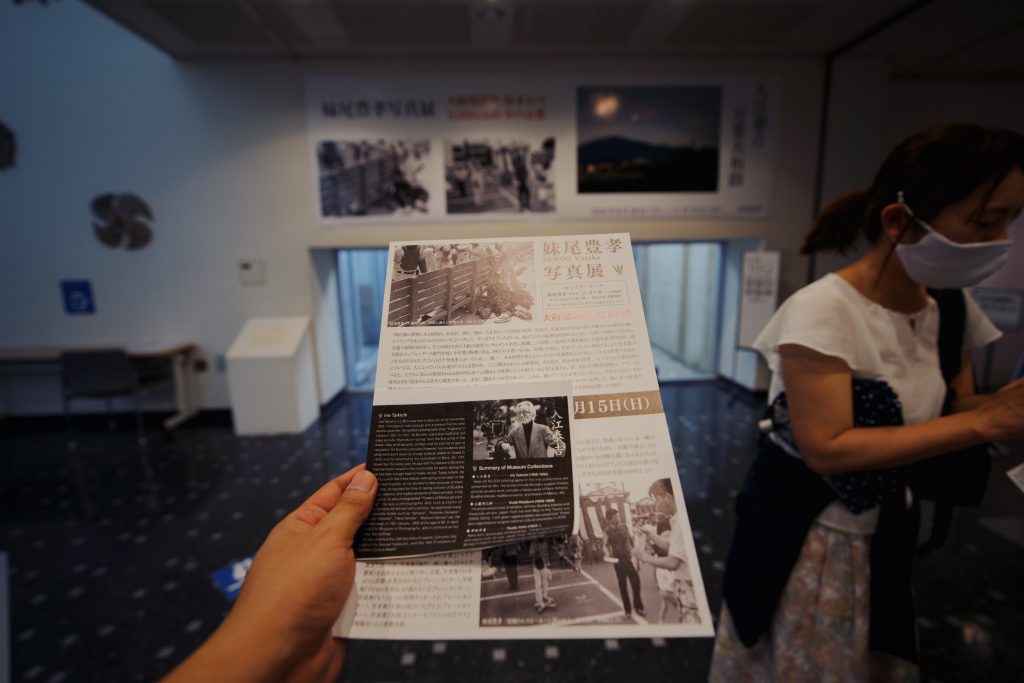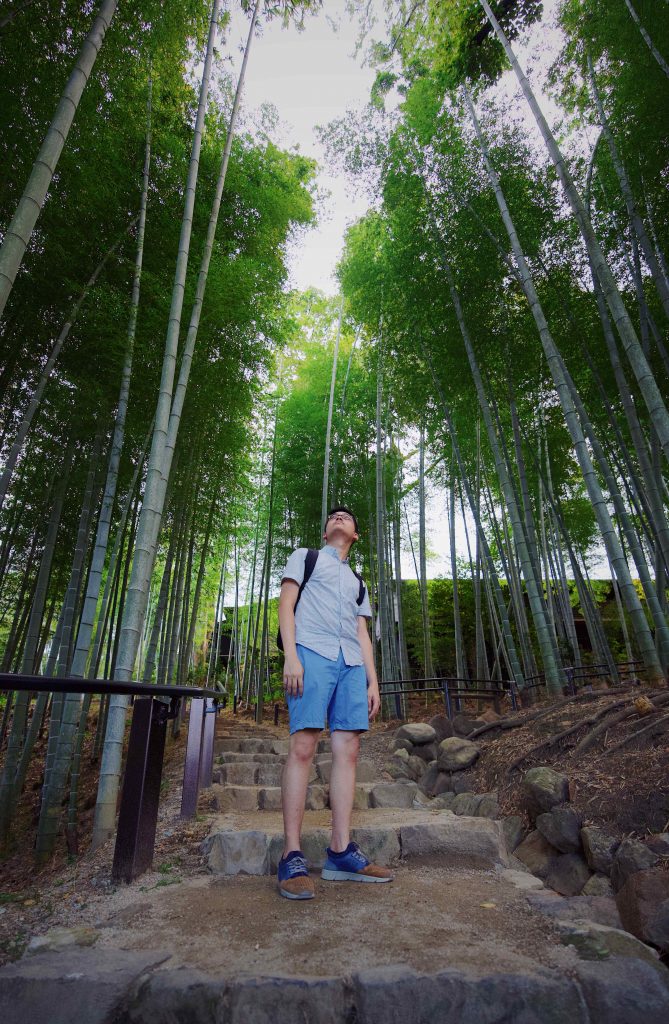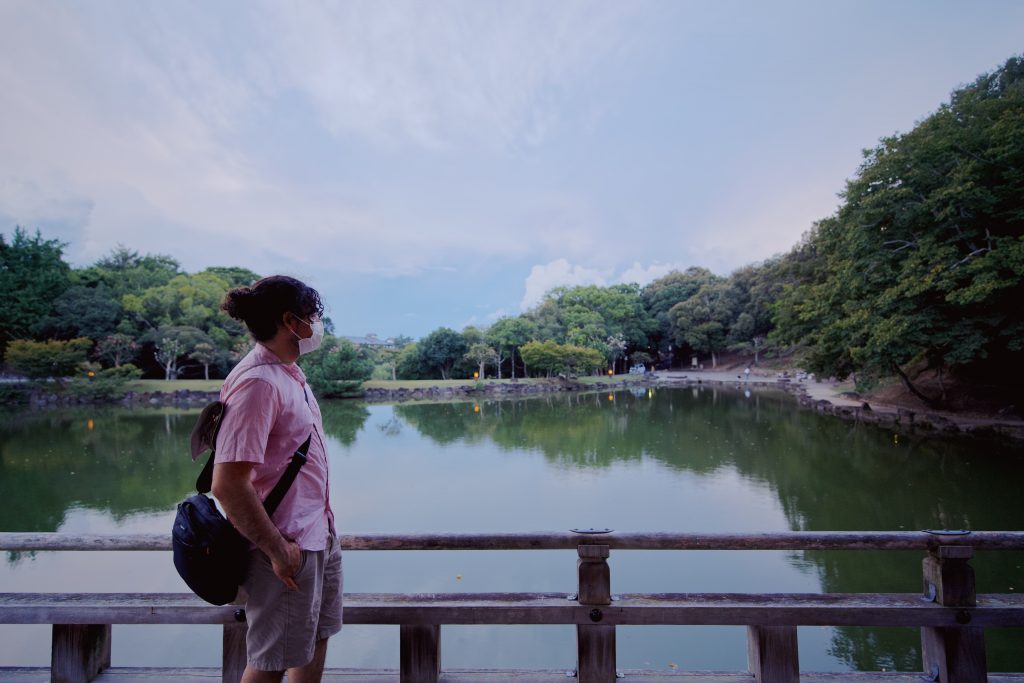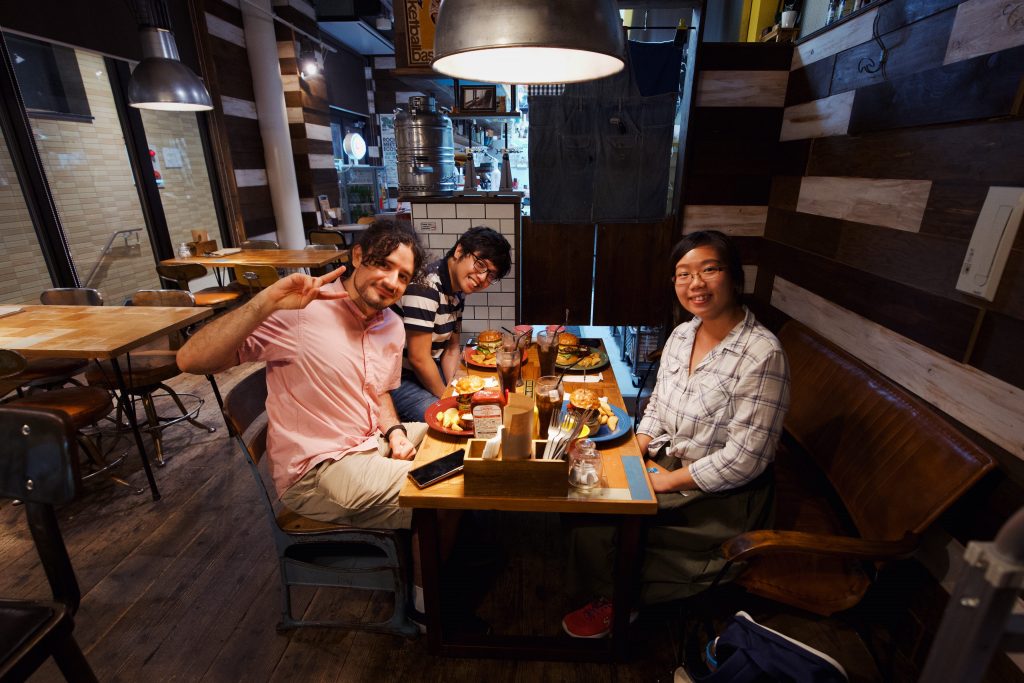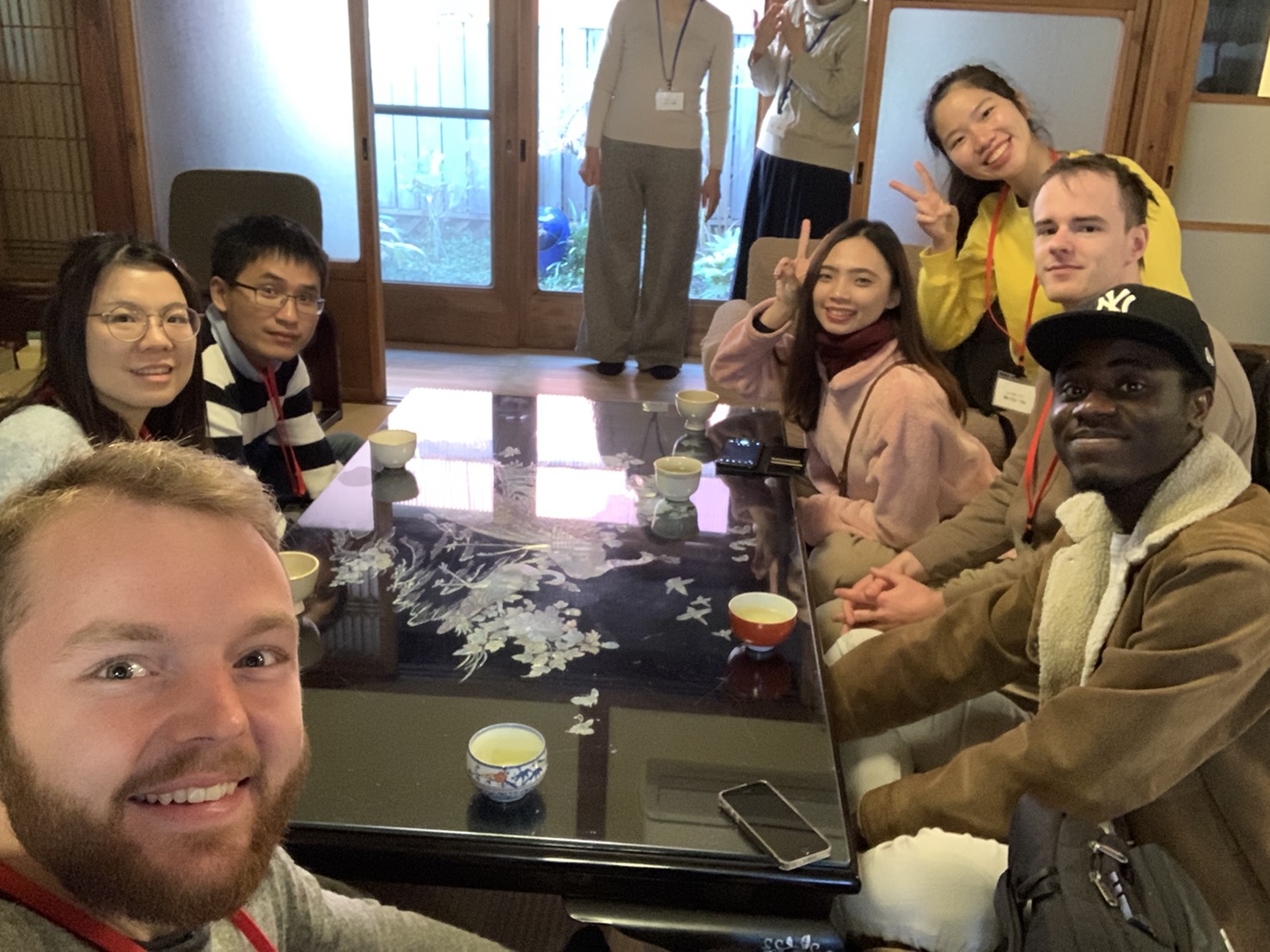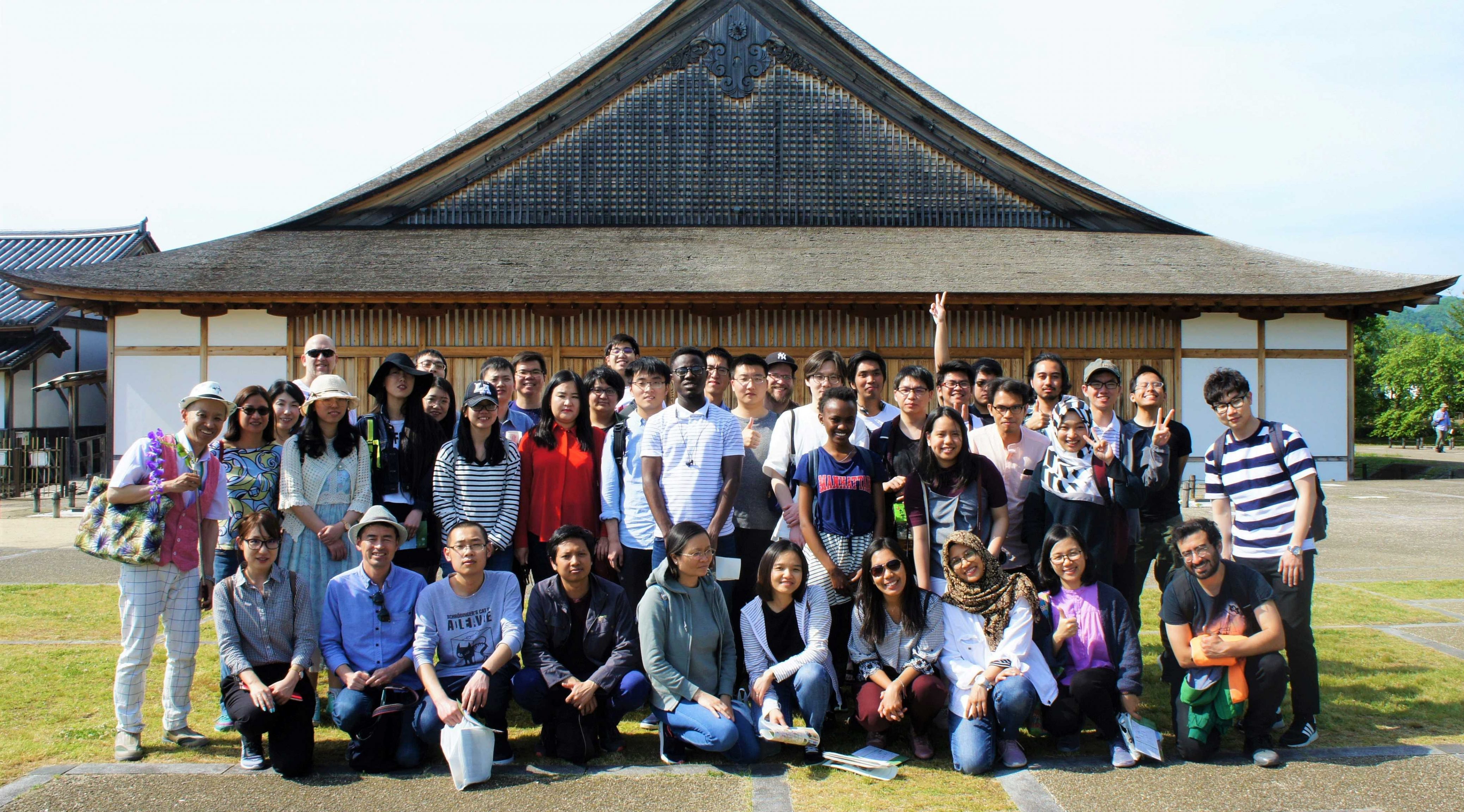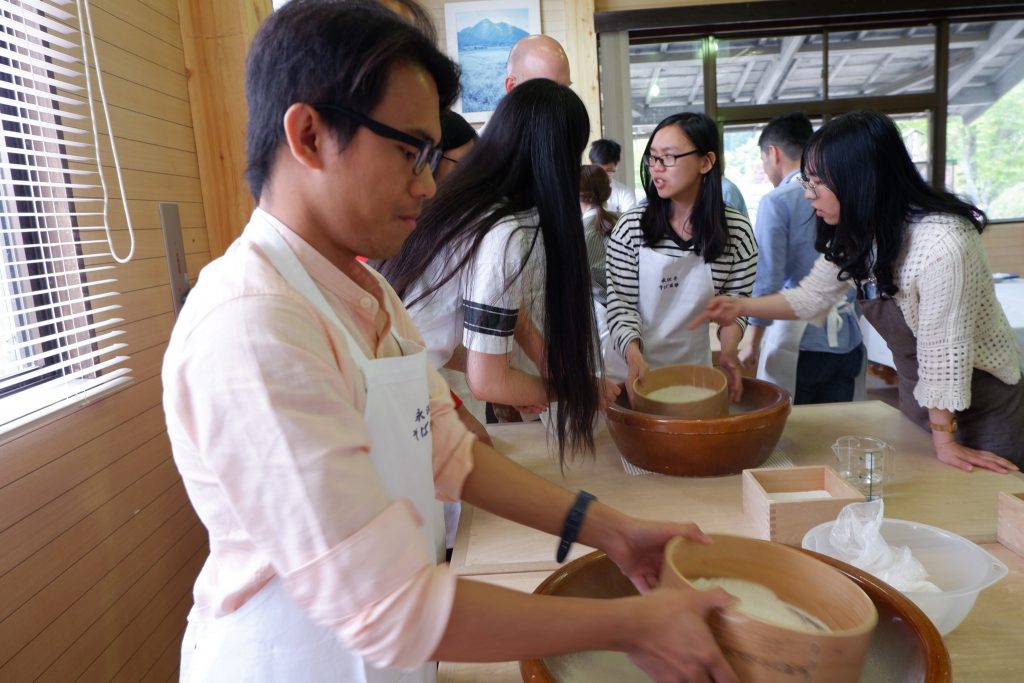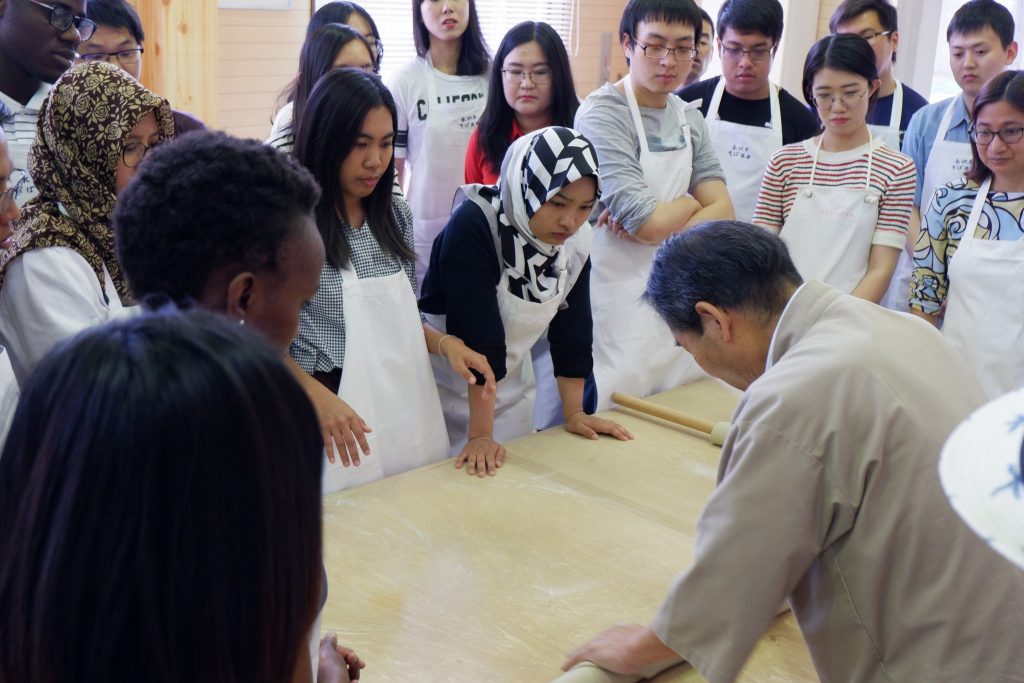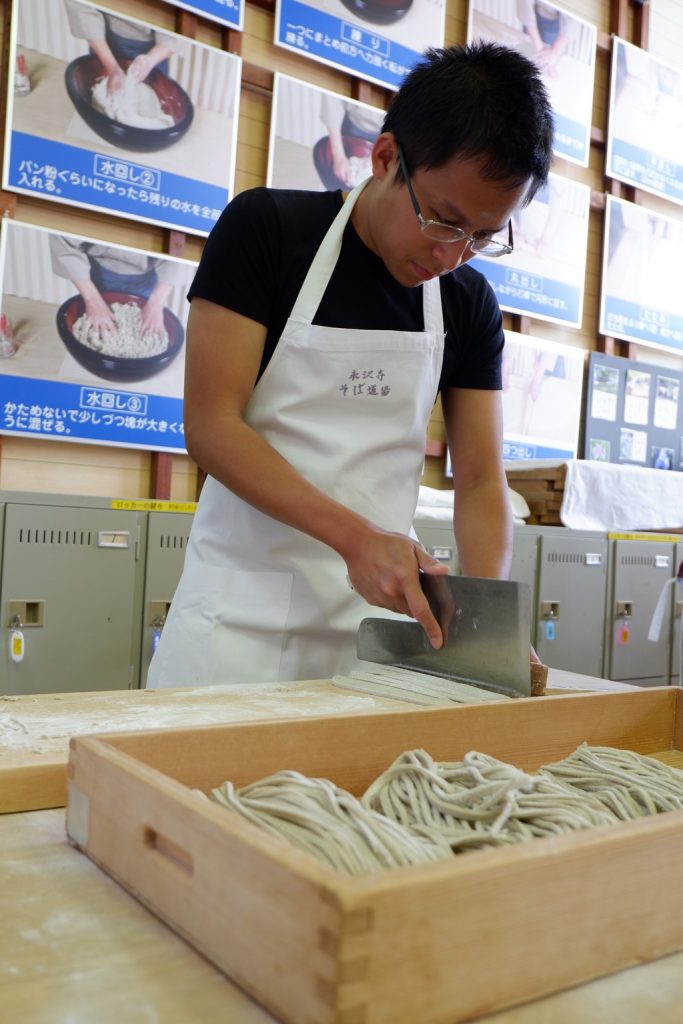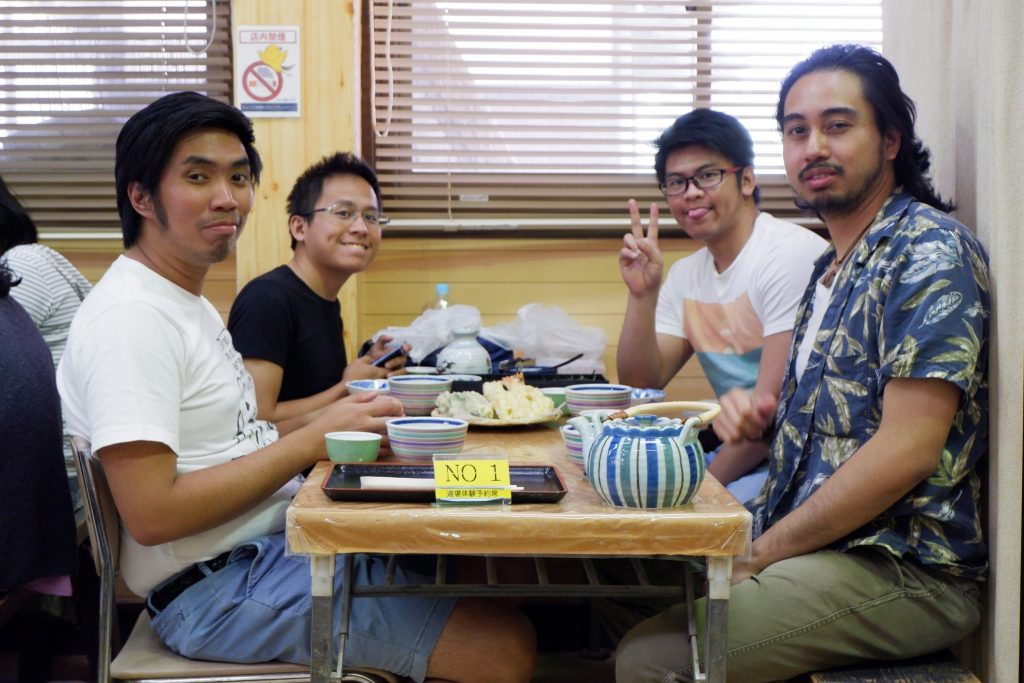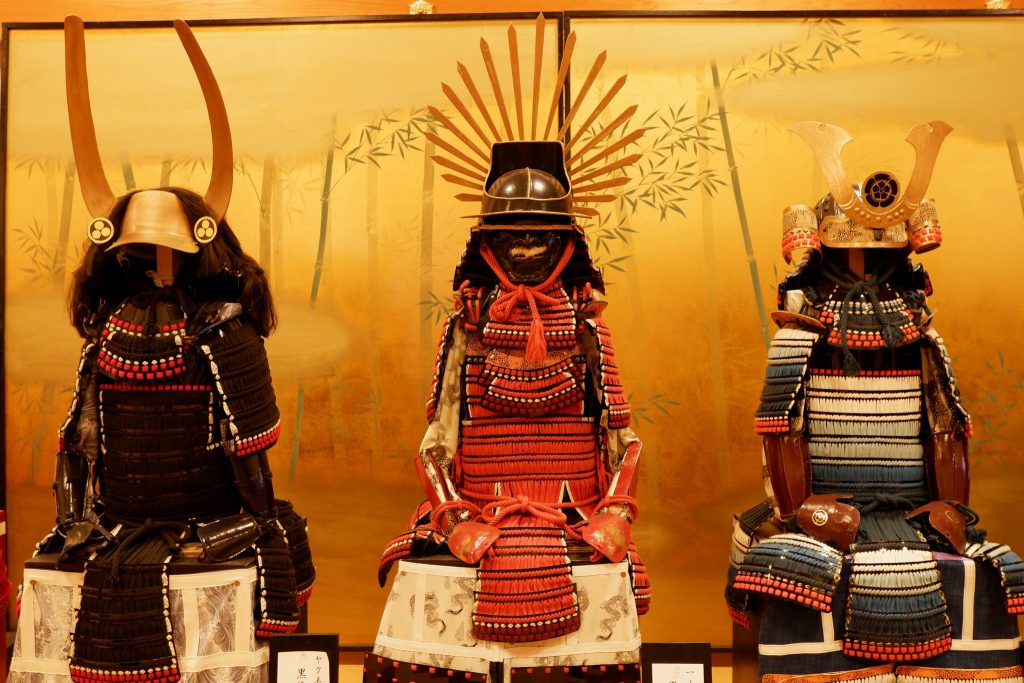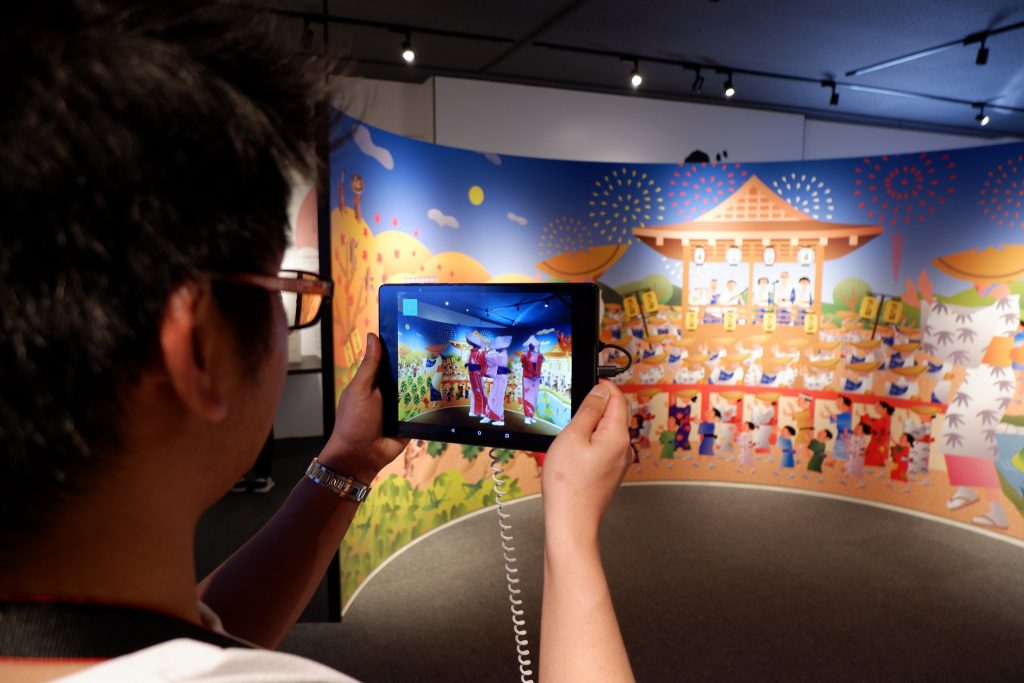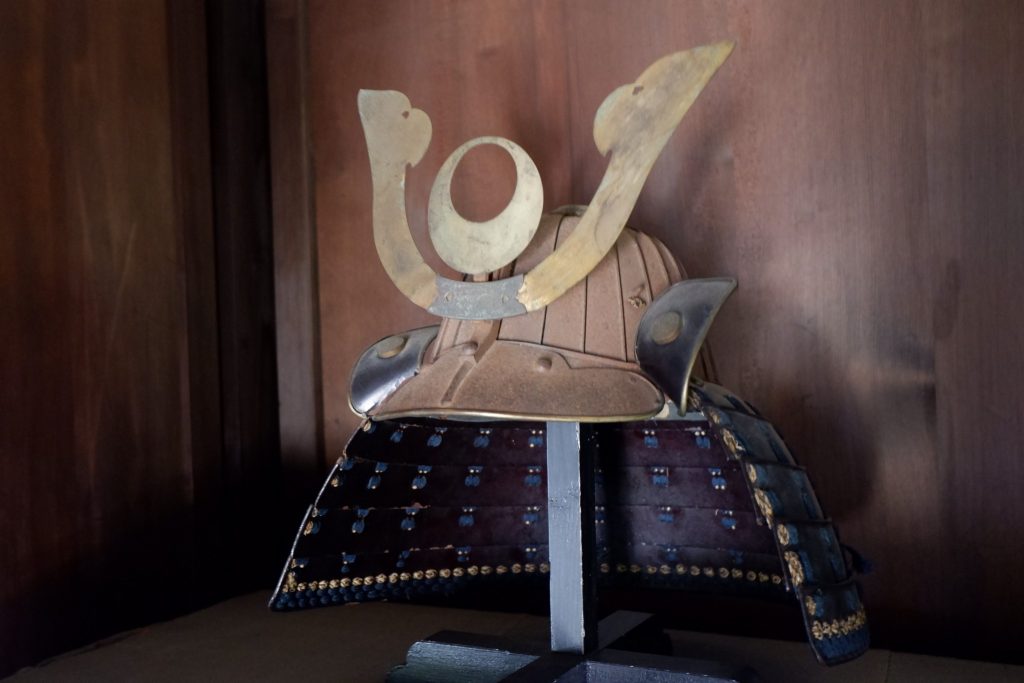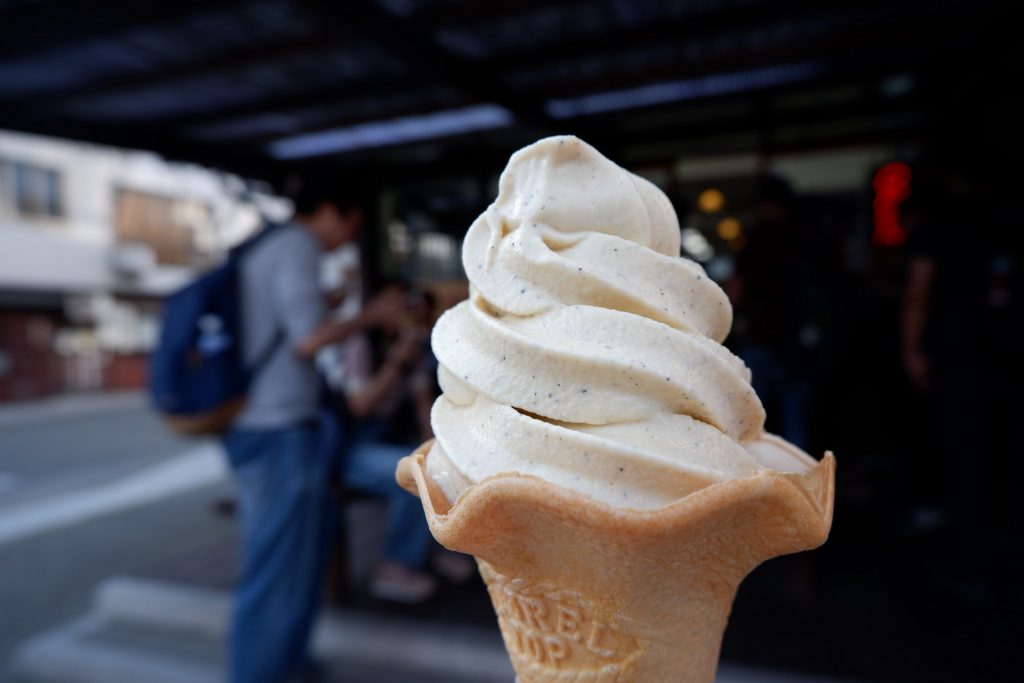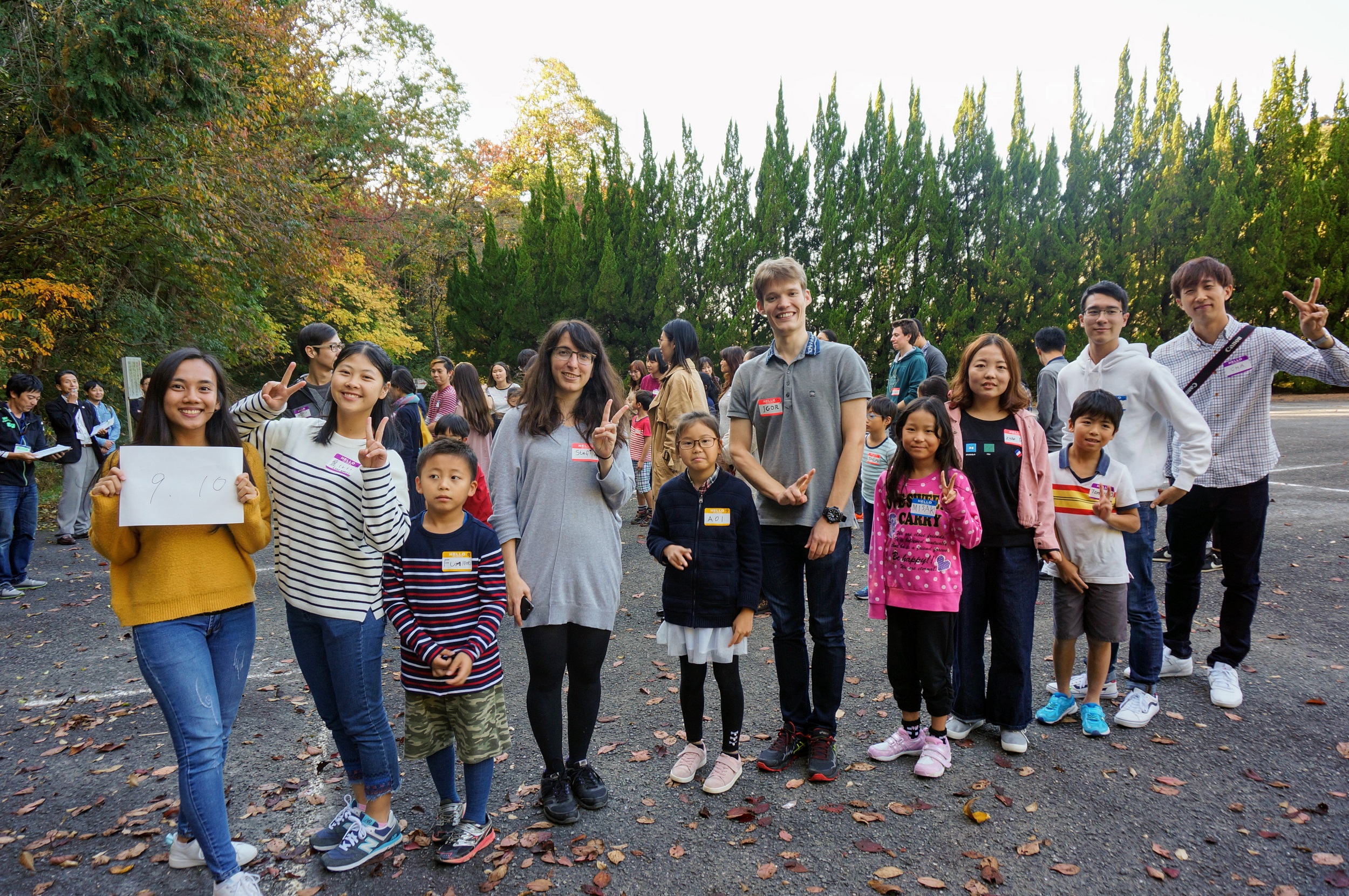The Nara Prefecture International Exchange Salon organized a bus tour to the Tenkawa village, which was attended by several students from various universities in Nara, including those from NAIST.
Tenkawa village is located in the Yoshino district in the south-central part of Nara Prefecture. Tenkawa village is known for its ryokan and onsen and is also home to the Omine Moutain, also known as the “Roof of the Kinki region.”
For the most curious among you, ryokan are traditional and typical inns of Japan, it is even said that they are the oldest type of hotel in the world. Onsen are Japanese thermal baths whose water comes from volcanic springs.

The first step of our journey was a visit to Ryusenji Temple. Ryusenji is a temple from the Shingon Sect of Buddhism and is one of the five temples that protect Mt. Omine taking turns holding opening and closing ceremonies for the temple at the top of Mt. Omine. At this temple, we were taught the importance of entering through the torii gates while avoiding passing through the center of the gate, as the center is considered the path of entry for the deities themselves. After entering, a purification rite called “chouzu/temizu” was performed, and we were able to visit the temple and explore its beauty, as well as observe the prayer practices of the worshippers.
Once the temple visit was completed, we made our way to the village of Tenkawa. From there, we were able to access the Karigane Suspension Bridge, which connects Mount Ohara to the fir forest that stretches behind Ryusen-ji Temple. The name “Karigane” was chosen to express the desire to protect nature in this area. After crossing the bridge, we reached Ohara viewpoint, from which we could admire the Dorogawa River and its surroundings.

It was a beautiful experience to delve into Japanese history and traditions through this immersive journey. We hope to be able to participate in other immersive events like this one.


